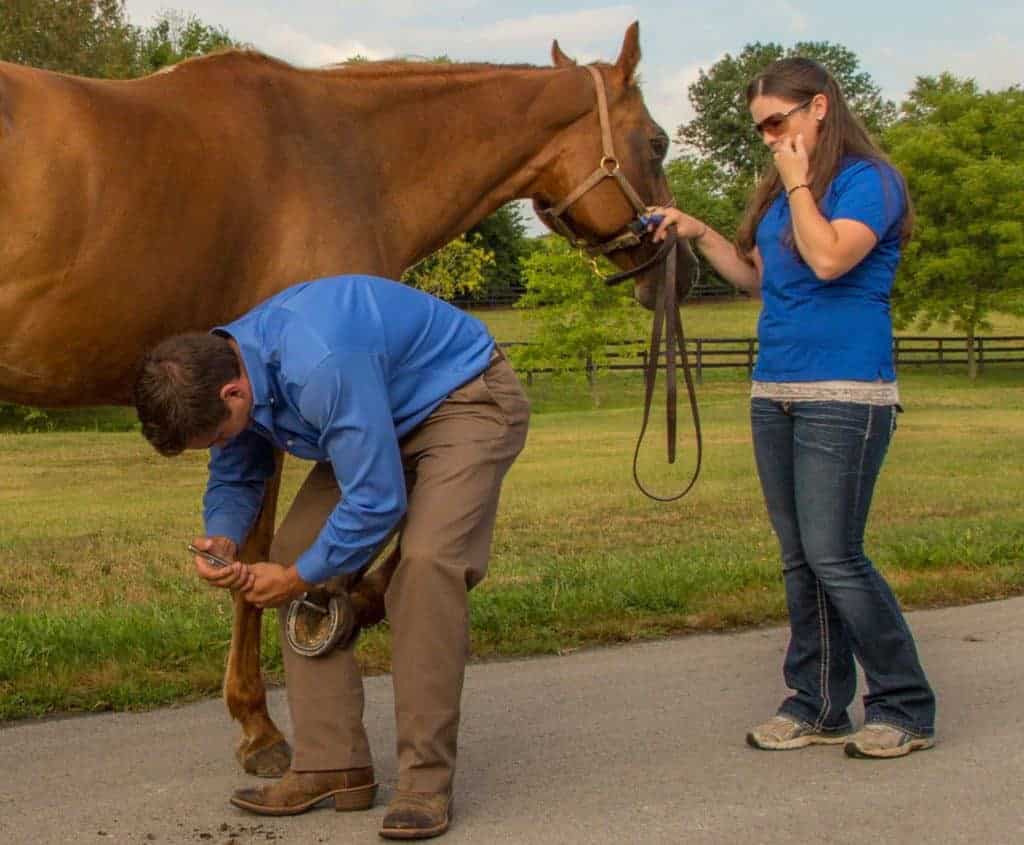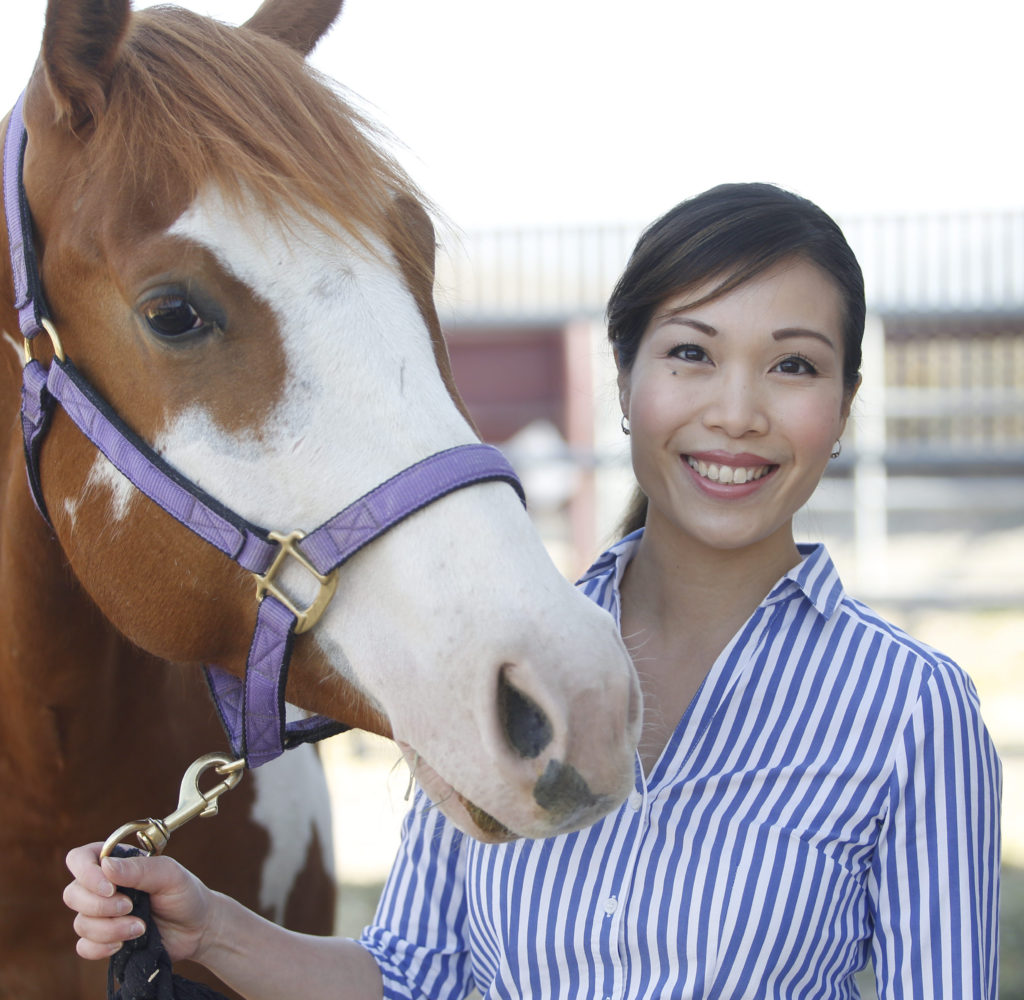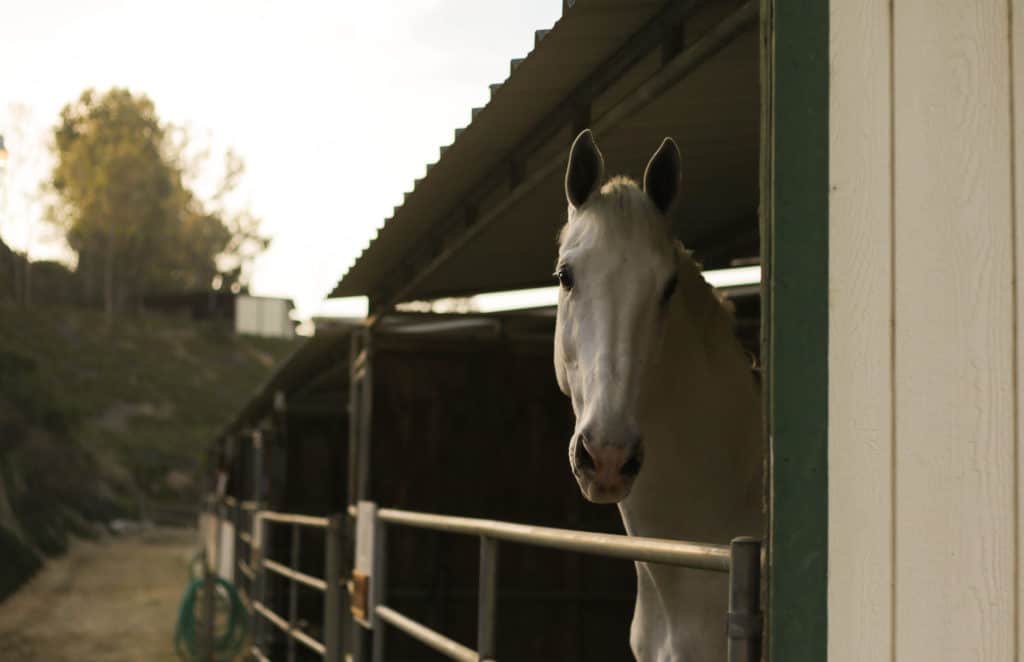
AAEP Virtual Convention: Smart Solutions for Practice Challenges
Starting Dec. 1, the reimagined convention will blend live and on-demand educational sessions.

Starting Dec. 1, the reimagined convention will blend live and on-demand educational sessions.

Does your horse have thin soles? Here’s how to manage his feet to help keep him sound.

The horse’s frog is a highly adaptable structure that’s crucial to hoof health. Here’s what you need to know.

In response to the COVID-19 pandemic, the 2020 convention will take place online. The education program will include live and on-demand presentations.

Non-steroidal anti-inflammatory drugs serve an important role in managing equine pain and inflammation, but sometimes they can do more harm than good.

Find out what hoof problems you can safely manage yourself and when to call in your farrier and/or veterinarian.

The numbers show the equine veterinary profession lacks diversity. Here, equine internal medicine specialist, University of Calgary veterinary school senior instructor of equine clinical medicine, and The Horse contributor Jean-Yin Tan, DVM, Dipl. ACVIM, shares her experience as a minority in the industry.

A farrier is part of a team that also includes the horse, owner, trainer, grooms, and veterinarian. This team approach is never more necessary than when a horse has an injury or disease.
Associate Professor Dr. Jonathan Yardley won the contest, which celebrates the important relationship between veterinarian, owner, and horse.

Physiological stress can be an important equine welfare issue. Here’s what you should know.

A psychologist documented and assessed a holistic farrier’s complex communication skills while handling a laminitis case.

The guidelines make new recommendations for core and risk-based vaccines for horses. The committee further emphasizes that routine vaccinations are considered essential during the COVID-19 pandemic.

Adjusting a horse’s environment and administering medications as needed can help some asthmatic equids return to function.

Here’s what you need to know about holistic veterinary medicine and how vets can integrate it into everyday practice.
Investigators studying equine musculoskeletal, gastrointestinal, and metabolic disease, laminitis, racing safety, new technologies, and other topics are encouraged to apply.
The 27 people indicted on federal charges include five veterinarians who are American Association of Equine Practitioners members.
Stay on top of the most recent Horse Health news with
"*" indicates required fields